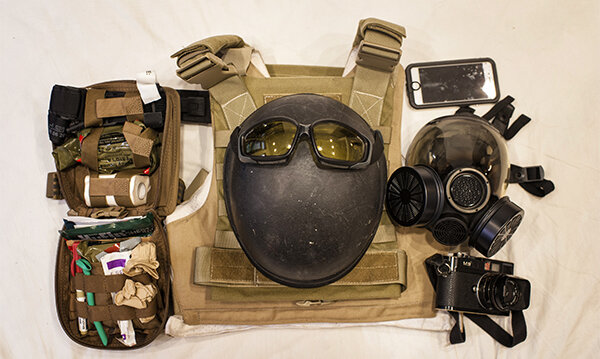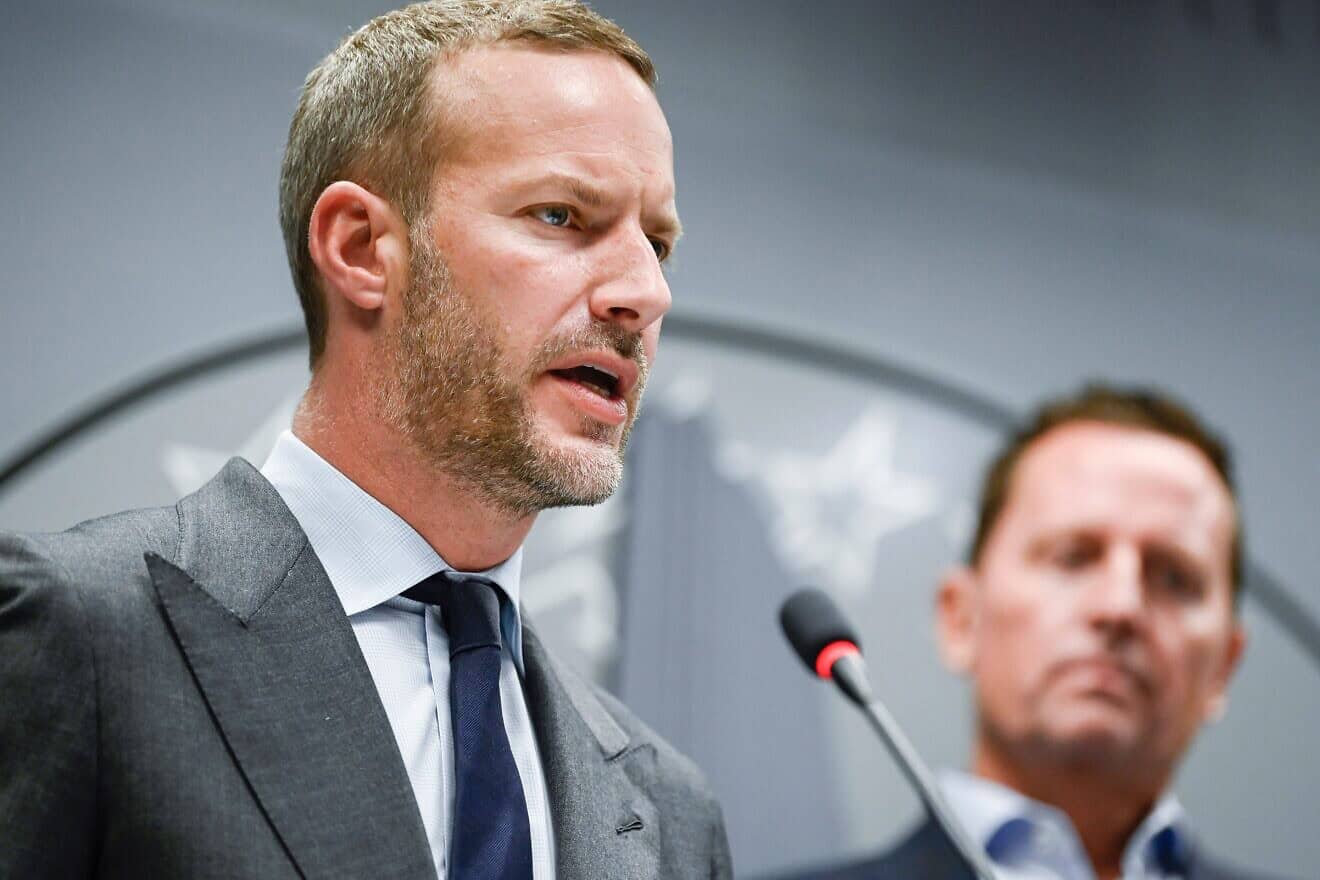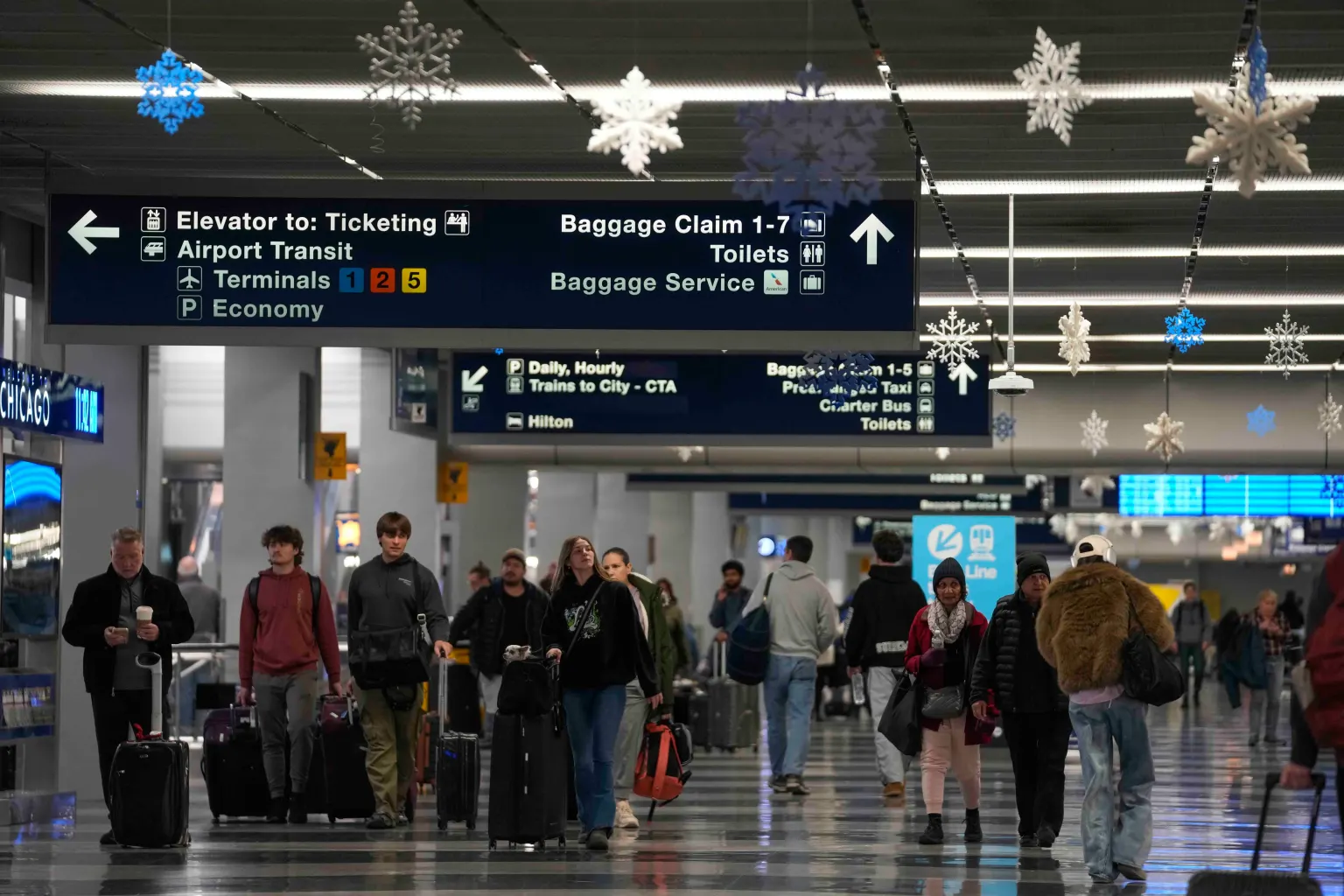By Thomas Durkin
Education Program Director, James W. Foley Legacy Foundation
Journalism has and always will be essential to a functioning democracy. American freelance journalist James W. Foley, my friend and the inspiration for the James W. Foley Legacy Foundation, said, “For some reason I have physical courage but really if you think about it, that is nothing compared to moral courage. If I don’t have the moral courage to challenge authority…we don’t have journalism.” Jim was right about the importance of moral courage, but he also knew that physical courage mattered.
Our press finds itself under attack now more than ever before. And while attacks on the media are nothing new, journalists are facing an increasingly hostile environment. According to the U.S. Press Freedom Tracker, there have been over 960 press freedom violations reported during the past year. That is why the James W. Foley Legacy Foundation believes that all journalists need access to quality journalism safety education.
The James W. Foley Journalism Safety Modules are designed to provide journalists at the undergraduate and graduate level (and journalists already in the field) with important preventive safety education. The goal is to create a culture that promotes safety for all journalists. The 14 modules cover topics such as risk assessments, the responsibilities of newsroom managers, safety of female and minority journalists, reporting during the COVID-19 pandemic, covering civil unrest, emotional self-care, care of sources, interviewing hostile sources, understanding journalists’ rights, the importance of diversity in newsrooms, reporting on foreign conflicts, protecting digital data, dealing with online harassment, and covering weather-related stories. These modules are designed to be integrated into existing courses on journalism and communications so that safety is part of what all aspiring journalists learn from the beginning, and not an add-on once they’ve been exposed to risks in the field.
At a minimum, journalists should be familiar with the following critical topics.
Risk Assessments
From the start, journalists should be thinking about the importance of safety — their physical and emotional safety, the safety of their colleagues, the safety of their sources, the safety of their digital data, the safety of their equipment, etc. Safety is more than just responding to uncomfortable and/or dangerous situations. We believe that being safe requires awareness and commitment. Safety begins by developing everyday habits that allow journalists to effectively and confidently practice their craft. This includes skills that may seem to fall outside the heading of ‘safety,’ such as getting to know an area by walking around the city and visiting new neighborhoods to gain a greater understanding of the places in which they work.
Here’s a great place to start: BE SAFE (Before Everything Stop Assess Focus Enact). What does this mean? It means that there can be risk in covering any story, but careful planning and a thoughtful risk assessment can help mitigate those dangers. It is important to have thought through how to manage risk and how to respond in any situation. Journalists should get in the habit of completing risk assessments before covering any story. Advanced preparation can help journalists react correctly without thinking. It’s important that journalists avoid assuming there is no risk in covering seemingly less controversial or risky stories. Recent history — the Boston marathon bombings, the Las Vegas concert shooting, the attack at the Capital-Gazette newsroom, etc. — shows that journalists and newsroom employees must always be prepared. Not scared. Prepared.
Journalists need to be realistic about their physical and emotional thresholds. If a journalist deems the risk too great, the decision should not be treated as a source of shame or stigma. Every risk assessment is context dependent based on the assignment. And risk assessments are not just for journalists. Crew members and newsroom managers should also complete risk assessments that cover steps taken from the beginning to the proposed end of the assignment.
Covid Impacts & Digital Security
Just like everything else, journalism has been impacted by COVID-19. Whatever risks already existed within journalism have only been exacerbated by the pandemic. Journalists reporting during the pandemic must make sure they take precautions to protect themselves, their colleagues, and their sources — mentally and physically. Knowledge of the coronavirus continues to evolve so journalists must stay informed. Nothing is more important than staying physically and mentally healthy.
There are additional concerns regarding the effect the pandemic is having on journalism, including the growing number of journalists working from home and the fact that many newsrooms are virtually empty. As journalists find themselves spending more time secluded indoors filing stories, this raises concerns about digital safety. Journalists must make efforts to ensure the security of their electronic devices that store personal and work-related data. Developing a heightened sense of awareness about how to protect data and begin determining the level of security needed in different situations is essential. One thing to keep in mind is that nothing digital is ever completely safe. While the safest way to get and protect information is to meet face-to-face, that is not always a possibility during the pandemic. Encryption tools may lower the risks and mitigate danger, but are not always foolproof. Precautions must be taken.
Covering Protests and Politics
Even before 2020, repeated accusations from the Trump administration of journalists being “fake news” and descriptions of the media — individually and collectively — as “dangerous and sick” have increased aggression towards journalists, both online and offline. This, combined with protests following the killing of George Floyd, have increased the risk that journalists face simply doing their job. Risk assessments can help mitigate these concerns when covering assignments such as protests, riots, and political gatherings that may lead to civil unrest.
Journalists’ Rights
Simply put, journalists must know their rights. Journalists have the same rights as the general public and they are allowed in any area that the public is allowed. Journalists cannot be arrested if they are not interfering or disrupting the activities of law enforcement, but they may be arrested for trespassing or for failure to follow a police order to disperse. Awareness of journalists’ rights can protect and inform journalists, especially when interacting with police. This will also help journalists make informed choices when choosing how to cover protests, including what they do and do not have access to. Knowing their legal rights will allow journalists to perform their important work more safely and can help in de-escalating potential confrontations.
Diversity
The importance of diversity in the newsroom in an ongoing conversation; unfortunately, this conversation often omits the specific safety risks journalists of color and female journalists face. Diversity must be considered a safety issue. The lack of diversity in newsrooms directly impacts safety preparedness and psychosocial care for journalists exposed to trauma. Currently, diversity in the newsroom lags well behind overall diversity in the workplace. While there have been some encouraging trends as younger newsroom employees “show greater racial, ethnic and gender diversity,” the Pew Research Center notes nearly 77% of newsroom employees are non-Hispanic whites and nearly 48% are non-Hispanic white males. In addition to the safety concerns that journalists of color and women journalists face, this lack of diversity impacts how different stories and beats are covered, which impacts the public.
Online Harassment
Journalists, especially younger journalists, must be prepared to identify — and withstand — safety risks associated with online harassment. While most young journalists have grown up with social media as an omnipresent part of their lives, they must recognize the reality that vitriolic, often anonymous harassment will most likely target them. The anonymity of the internet enables dangerous trolling and other forms of online harassment without risk to the perpetrators. But when should journalists respond, and when should they ignore? When should journalists inform the newsroom manager — or even the authorities — about online harassment? There are different forms of harassment. In most cases, the main goal is intimidation, where journalists are personally targeted, insulted, and threatened in order to discredit them and reduce them to silence. Furthermore, online attacks can often be a precursor to physical attacks, so it’s critical to be aware of these risks and the very real consequences they can have on mental and physical safety.
Self-Care
Considering the threats and potential trauma they will encounter, journalists must think about the importance of their own mental health as they begin their career. Self-care techniques and strategies are essential. There is no reason to assume nor expect that journalists are immune to trauma. They are not expected to be superhuman. Journalists must recognize that when they cover stories, what they witness becomes a part of them. Journalists need to recognize that it is okay to feel the weight of the stories they cover. In the documentary Jim: The James Foley Story, photojournalist Nicole Tung describes how journalists become “intimate chroniclers” when covering stories. Journalists’ close proximity to emerging stories can result in emotional and mental trauma. We need to prepare journalists for this reality.
The James W. Foley Legacy Foundation believes that we benefit from a robust, healthy, free press. We seek to provide journalists with tools they need to work safely. In our safety modules, we build upon the preamble from the Society of Professional Journalists’ Code of Ethics: journalists should “seek truth and report it” and they “should be honest, fair, and courageous in gathering, reporting and interpreting information.” Safety can no longer be viewed as an “add-on” to journalists’ education, but must be viewed as an essential part of every journalist’s toolkit. Knowing the threats journalists face — and understanding that we need journalists now more than ever — we must ensure that journalists have the tools to work safely.



